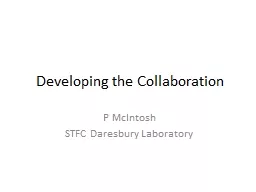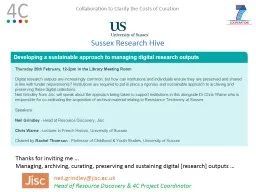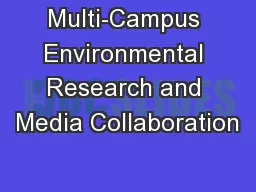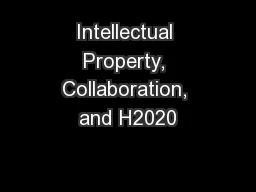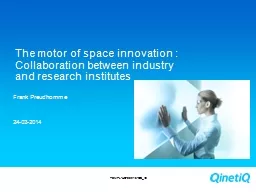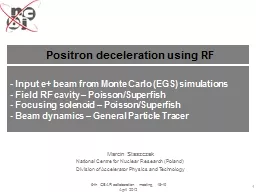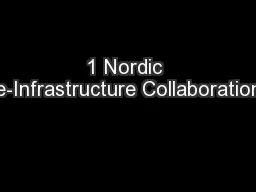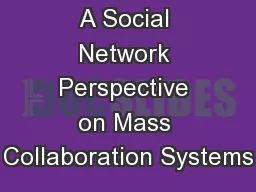PPT-Developing the Collaboration
Author : vizettan | Published Date : 2020-07-01
P McIntosh STFC Daresbury Laboratory Activities Daresbury SRF for PIPII 352650MHz Cavity Preparation amp Testing HPR BCP 15m diameter cryostat 150W 2K liquefier
Presentation Embed Code
Download Presentation
Download Presentation The PPT/PDF document "Developing the Collaboration" is the property of its rightful owner. Permission is granted to download and print the materials on this website for personal, non-commercial use only, and to display it on your personal computer provided you do not modify the materials and that you retain all copyright notices contained in the materials. By downloading content from our website, you accept the terms of this agreement.
Developing the Collaboration: Transcript
Download Rules Of Document
"Developing the Collaboration"The content belongs to its owner. You may download and print it for personal use, without modification, and keep all copyright notices. By downloading, you agree to these terms.
Related Documents

